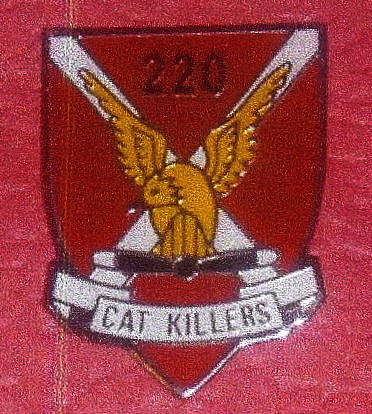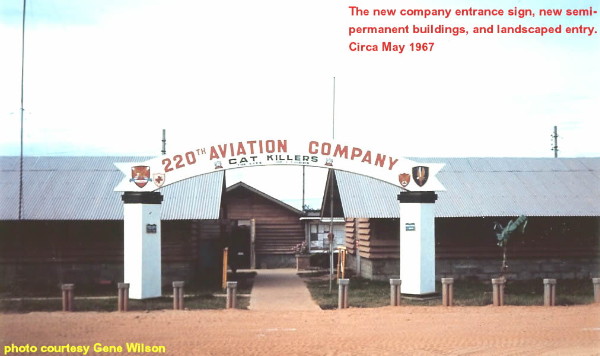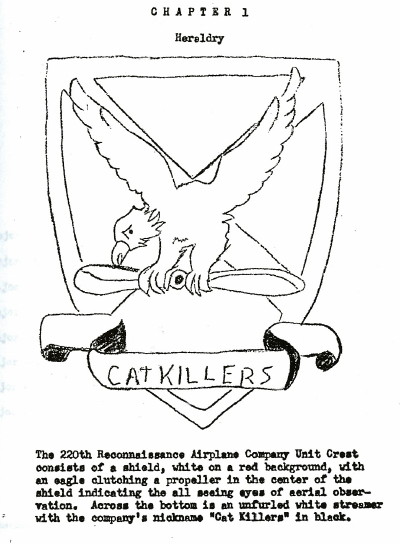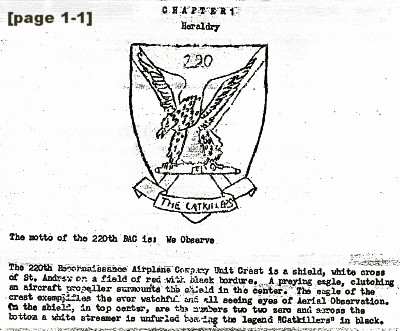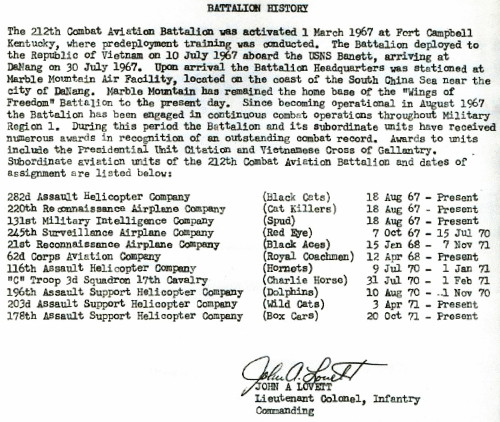220th Aviation Company, Evolution of Unit Designation:
Evolution of the 220th Aviation Company from Activation on 31 March 1965 at Fort Lewis, WA, until Inactivation at Da Nang, Marble Mountain Air Facility, (near Hq 212th Combat Support Aviation Battalion), RVN, on 26 December 1971.
From July 1965—August 1965:
220th Aviation Company (Surveillance Airplane Light) [SAL]
14th Aviation Battalion
US Army Aviation Group Vietnam
From August 1965—April 1966:
220th Aviation Company (SAL)
14th Aviation Battalion
12th Aviation Group
From April 1966—September 1966:
220th Aviation Company (SAL)
14th Combat Aviation Battalion
17th Aviation Group
1st Aviation Brigade
From September 1966—August 1967:
220th Aviation Company (Reconnaissance Airplane Company) [RAC]
[Apparently so designated by 1st Avn Bde]
223rd Combat Aviation Battalion
17th Combat Aviation Group
1st Aviation Brigade
From August 1967—December 1967:
220th Aviation Company (RAC) [Still actually a SAL by MTOE]
212th Combat Aviation Battalion
1st Aviation Brigade
From December 1967—August 1968:
220th Aviation Company (RAC) [And yet still actually a SAL]
212th Combat Support Aviation Battalion
16th Combat Aviation Group
1st Aviation Brigade
From August 1968—May 1969:
220th Aviation Company (RAC) [Yes—still a SAL]
212th Combat Support Aviation Battalion
1st Aviation Brigade
From May 1969—Spring 1970 (with a MTOE reorganization):
220th Aviation Company (Utility) [Still called a RAC by many]
212th Combat Support Aviation Battalion
1st Aviation Brigade
Then from Spring 1970 through 1971, until Stand—Down and Inactivation:
220th Aviation Company (Utility) [RAC by habit and practice]
212th Combat Aviation Battalion
11th Combat Aviation Group
1st Aviation Brigade
Donald E. "Gene" Wilson, Catkiller 5/3
Volunteer Historian, 220th Aviation Company
COMPILER'S NOTE: In addition to the Form 373, Historical Data Card from the Office of the Chief of Military History, information from Unit History Reports that was taken from the National Archives and compiled by Stuart "Stu" Miller from his visit there was invaluable. Much other valid data from source material available on the Internet about/by/from the 14th Aviation Battalion, the 223rd Aviation Battalion, the 212th Combat/Combat Support Aviation Battalion and the 1st Aviation Brigade also lead to further advancement of a great deal of information about the origins and makeups of the 12th, 17th, 16th and 11th Aviation Groups.
Please note a caveat that anyone who has better documented information should please speak up. I make no claim to being or having the "last word" on this. Please send your comments or questions to the editor, for inserting on this page or forwarding to me.
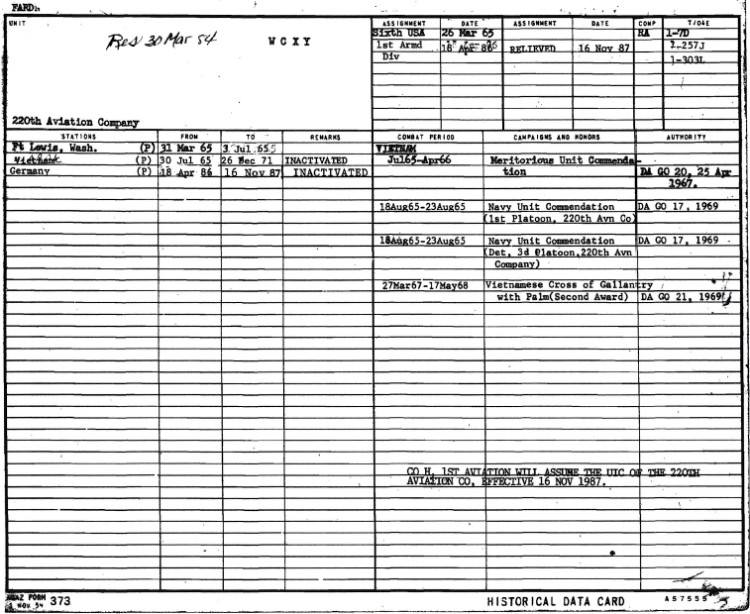
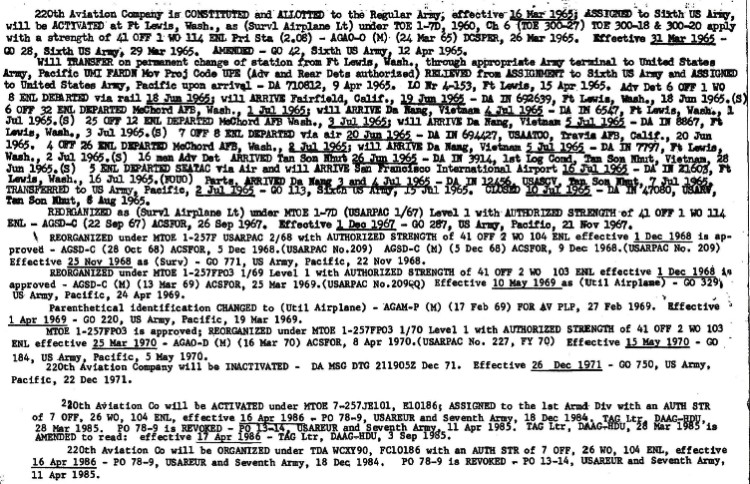
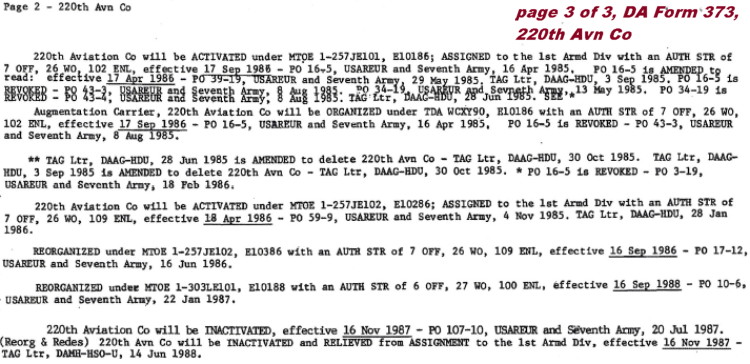
You may also note that the 220th was reactivated in Germany, for a brief time during 18 April 1986—16 November 1987, as a helicopter unit in the 1st Armored Division.
220th Aviation Company, Evolution of Unit Patch:
1965—Late 67: |
Late 1967—69, and 71: |
1969—71: |
|---|---|---|
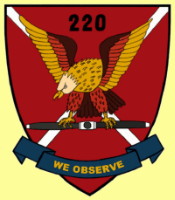 |
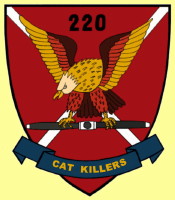 |
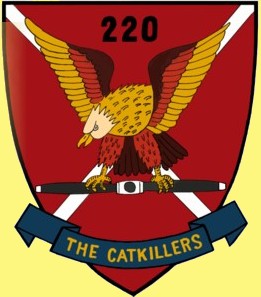 Intermittent variation, with "CATKILLERS" only on ribbon. |
FIRST COMMANDER: MAJ JERRY RALPH CURRY 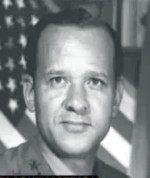 |
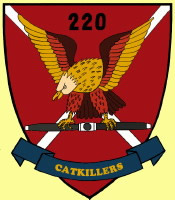 Intermittent patch, 1968—70; Grammatically most accurate. |
LAST COMMANDER: CPT THOMAS J. SHAVER 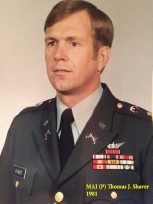 |
"For all who might like to know: Not until I talked with Dick Quigley, the originator of our call sign and nick-name, was I able to make the statement that "Catkillers" we were and still are today. For whatever reason the sign above the entrance to our 220th area that proudly announced the 220TH AVIATION COMPANY, CAT KILLERS, was erected and painted as it was, and apparently stayed that way from 1967 through 1971, is still somewhat of a mystery to me. Did the sign painter make a mistake, and no one knew, or remembered, that it should have been one word instead of two? I was there as the sign went up, piece by piece. However, by Spring 1967 the "first team" was totally gone. Then we lived with a couple of other changes in the presentation of our patches and plaques along the way; and we have come full circle. The "chilling" sound of Catkillers remains the same.
I trust that the attachments should give anyone some idea of what history tells us throughout the years... until that day in February 2011, when the voice on the telephone from St. Petersburg, Florida, in response to message left on his answering machine, said, "Hello, how can I help you?" Thank you, Dick Quigley, for our call sign and nick-name, CATKILLERS.
Gene Wilson "
